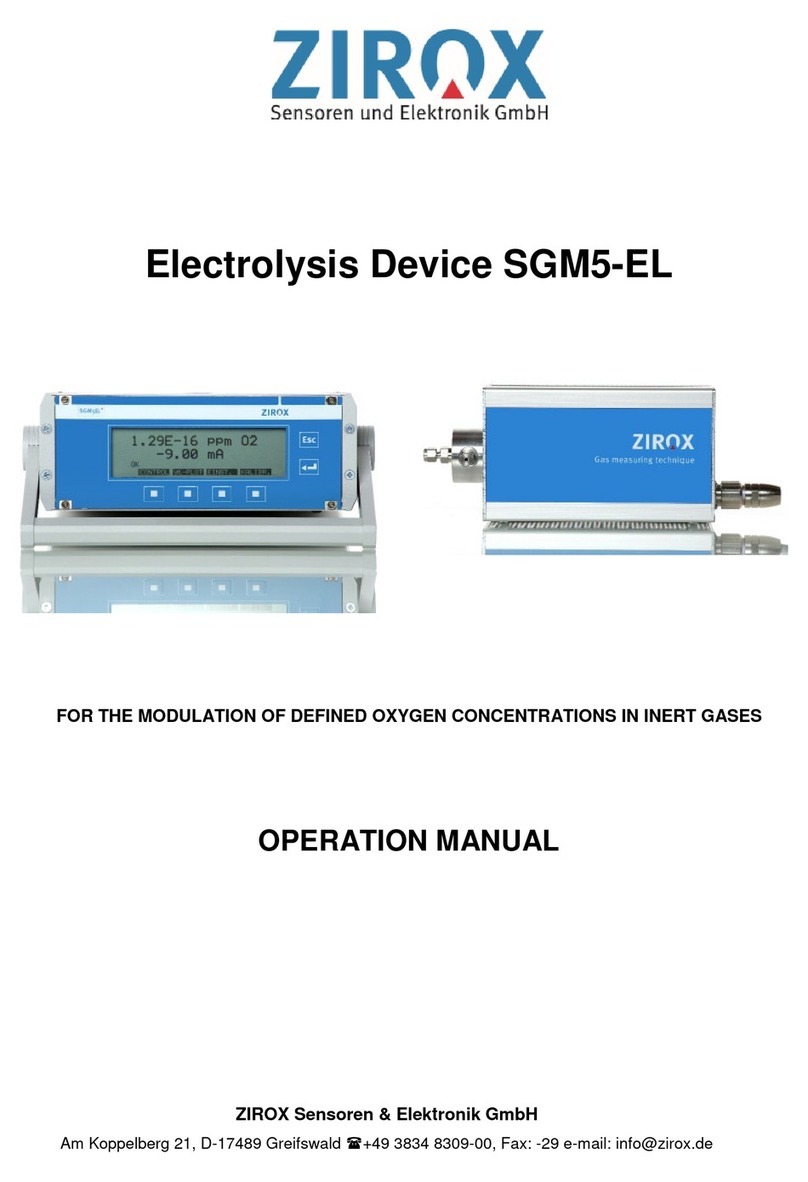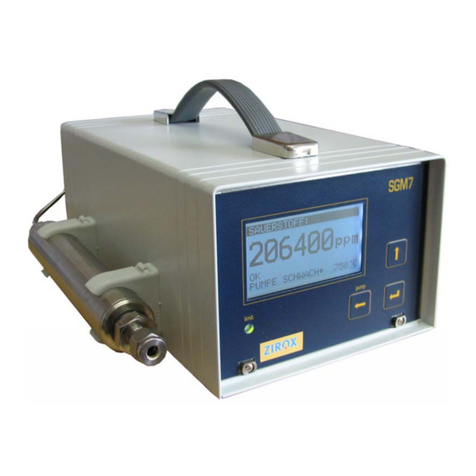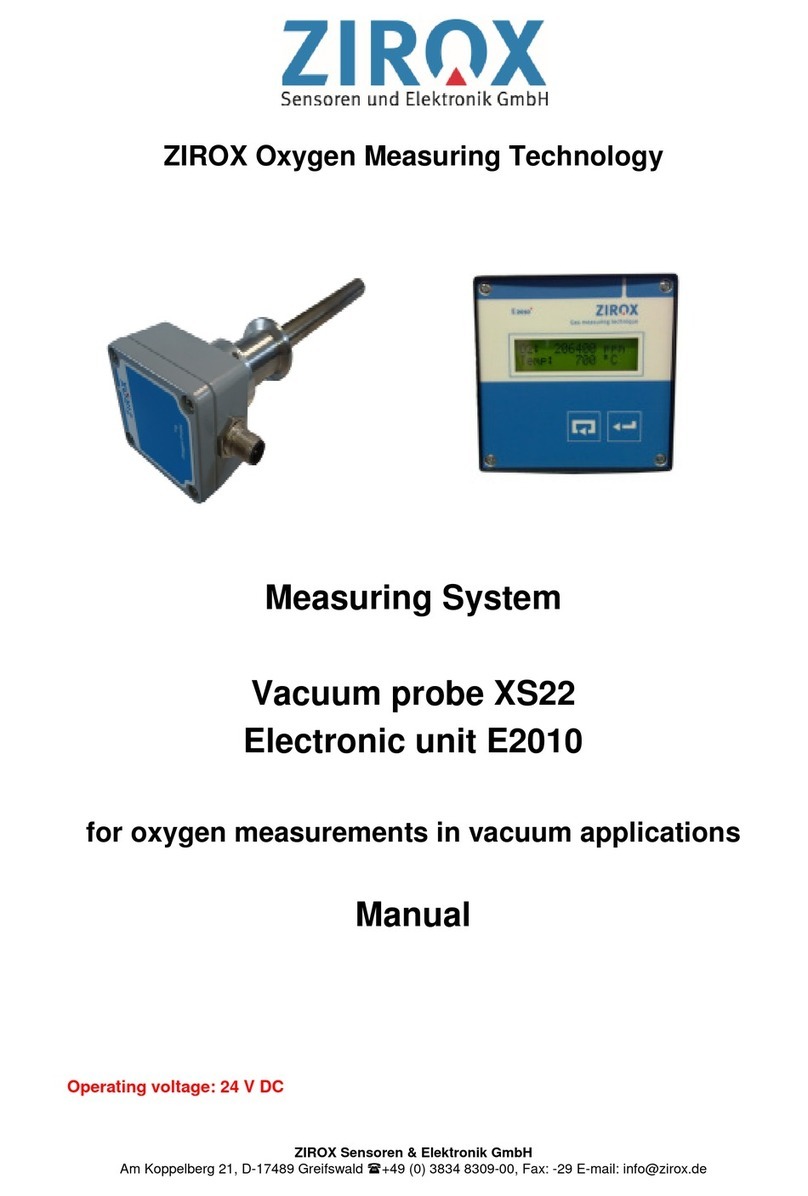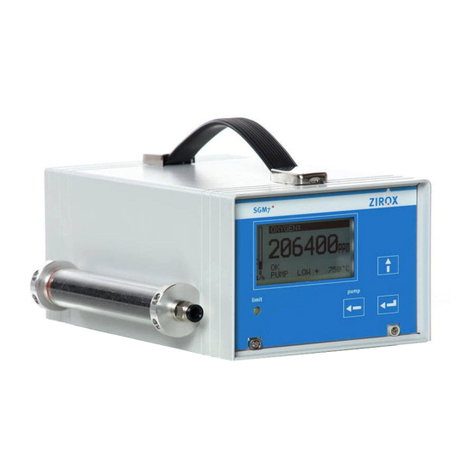
Oxygen Monitor SGM7 Contents
HB_SGM7_eng.docx 3
Table of contents
1 General information .................................................................................... 5
1.1 Introduction........................................................................................ 5
1.2 Copyright........................................................................................... 5
1.3 Commonly used symbols................................................................... 6
2 Application field .......................................................................................... 7
3 Safety regulations ....................................................................................... 8
4 Functional description ................................................................................ 9
4.1 Measuring principle ........................................................................... 9
4.2 General recommendations .............................................................. 10
4.3 Gas flow rate ................................................................................... 11
4.4 Accuracy of the measurement ......................................................... 11
5 Technical data ........................................................................................... 12
5.1 Characteristics................................................................................. 12
5.2 Mechanical data .............................................................................. 12
5.3 Electrical engineering / electronics................................................... 12
5.3.1 General data ........................................................................ 12
5.3.2 Interface data ....................................................................... 12
6 Composition of the oxygen monitor SGM7 ............................................. 14
6.1 General composition........................................................................ 14
6.1.1 General overview ................................................................. 14
6.1.2 Construction principle of the solid electrolyte sensor ............ 15
6.1.3 Electronic data processing ................................................... 16
6.2 Use and connecting elements.......................................................... 17
6.2.1 Current supply...................................................................... 17
6.2.2 Front .................................................................................... 17
6.2.3 Rear ..................................................................................... 18
7 Installation and initiation .......................................................................... 19
7.1 Installation conditions ...................................................................... 19
7.2 Set-up of operating state ................................................................. 19
8 Operation and parametrization................................................................. 21
8.1 Operation......................................................................................... 21
8.1.1 Switch-on and measurement indication................................ 21
8.1.2 Gas flow adjustment............................................................. 21
8.1.3 Data monitoring.................................................................... 21
8.1.4 Status and error messages .................................................. 22
8.2 Parametrization ............................................................................... 23
8.2.1 Adjustable parameters ......................................................... 23
8.2.2 Programming menus............................................................ 24
8.3 Calibration ....................................................................................... 27
8.3.1 Zero calibration .................................................................... 27































